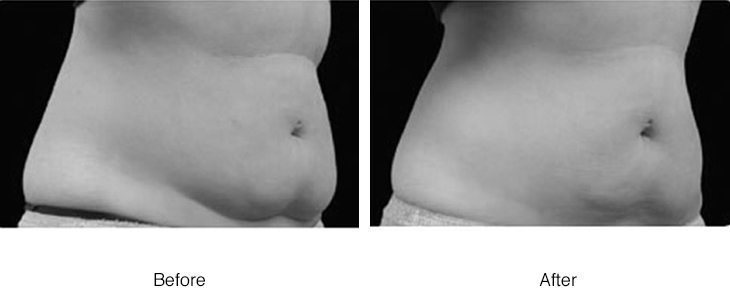As with most surgical procedures, the use of anesthesia is common with both labiaplasty and vaginoplasty operations. You should know ahead of time that, while minimal, there are certain risks associated with them.
There are several kinds of anesthesia used in surgery, such as intravenous sedation, general anesthesia, regional anesthesia, topical anesthetics, injected local anesthesia, and oral sedatives. Depending on the situation, the anesthesia could be administered by the surgeon, an anesthesiologist or a nurse anesthetist.
Some possible negative effects of the anesthesia might include nausea / vomiting, confusion, memory loss, headache, infection, bladder problems, muscle pains, airway collapse, pulmonary embolism, nerve damage, nervous system deficit, awareness during the surgical procedure, shock, drug / allergic reactions, respiratory failure, and in extremely rare cases, severe conditions such as coma, cardiac arrest or death.
To give you an idea of the rareness of death from anesthesia, the death rate is about 1 in 250,000. This is for all procedures where anesthesia is used. The rate is actually even lower for elective procedures (such as vaginoplasty and labiaplasty). This is because a qualified cosmetic surgeon will typically refuse to operate on patients when they know that they are in higher risk categories.
Controlling the risk to the patient are all affected by the patient’s medical history, health status, the quality of the institution where the procedure is being done, the skill and experience of the medical staff involved in the procedure, and the duration of the anesthesia. And as with most things, the risk is higher for those patients who have been heavy smokers.
As you do your homework prior to your labiaplasty or vaginoplasty, remember to find out who will be in charge of both administering as well as monitoring your anesthesia. It’s just as important to make sure that they are qualified as it is to make your sure your surgeon is qualified.


